The monks’ garden at Montserrat Abbey
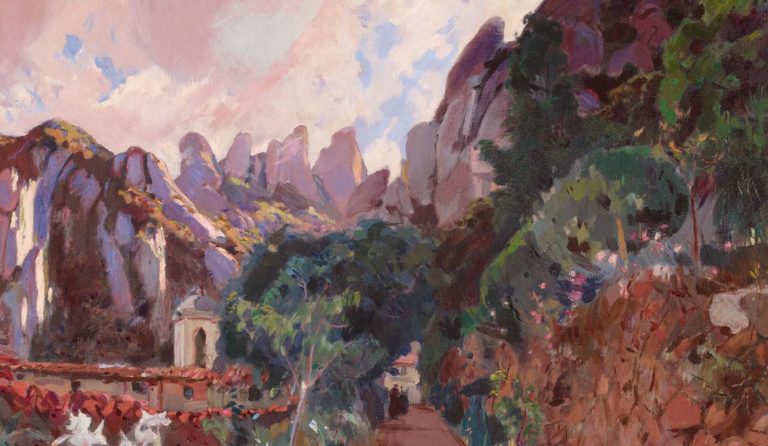
Joaquím Mir had a long association with the monastery of Montserrat and its monks, from his youth until his death. In 1931, he moved there with his wife and son. In early January 1934, he presented his works on Andorra that he painted in the autumn of 1933 at the monastery’s library before exhibiting them […]
Read moreClearing on the Montserrat mountain
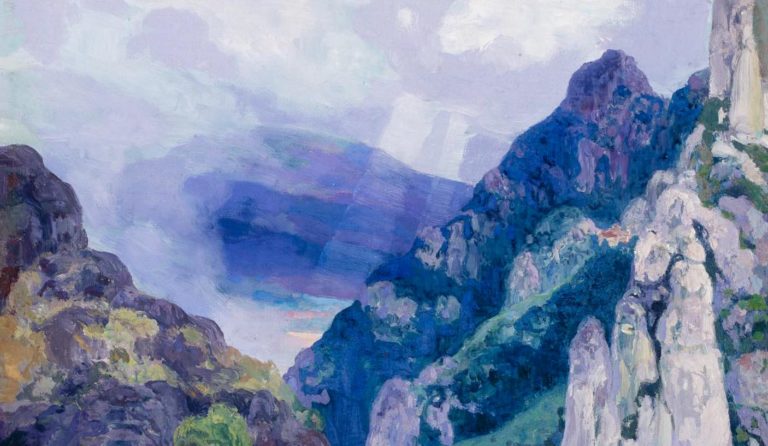
The vibrant and modern scenes of the nightlife, bohemia and leisure of the Parisian “fin de siècle”, dominated by female figures, were left behind when he settled in Mallorca in 1914, where he would develop the landscape genre. During the Civil War, he took refuge at the abbey of Montserrat, creating paintings of the mountainous […]
Read moreSelf-portrait
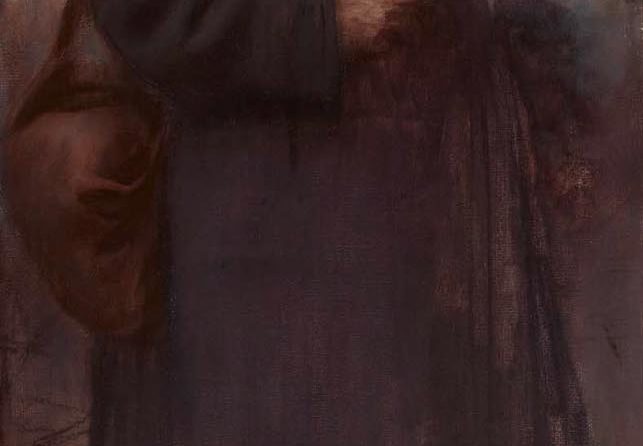
In 1917, he organised a grand exhibition of French artists at the request of, among others, Ramon Casas, Anglada Camarasa, Josep Ma Sert, Joaquim Mir and Santiago Rusiñol. In thanks, the French government awarded the painter with the medal of the Legion of Honour. In 1918, he painted numerous portraits. He travelled to Paris to […]
Read moreMasquerade ball
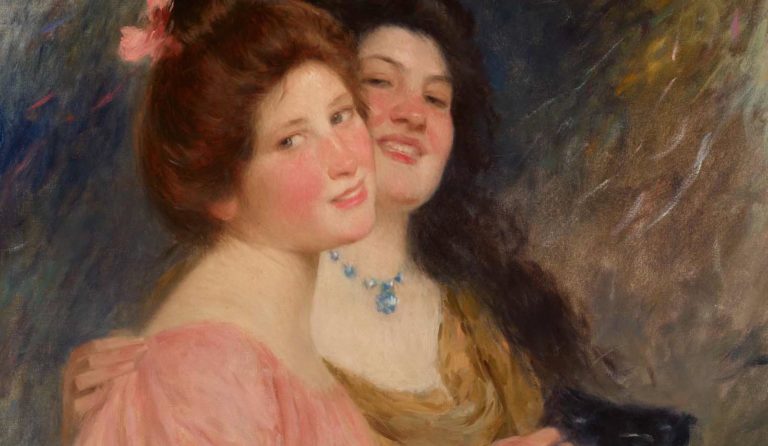
A painter and art critic, he was tied to the modernist movement in its English Pre-Raphaelite-inspired symbolist aspect, at the service of sentimental art. In this female representation, prominent are the flesh tones of the two young women, exalted and flushed by the celebration of the masquerade ball, filling the pictorial scene with an atmosphere […]
Read moreSundial cannon
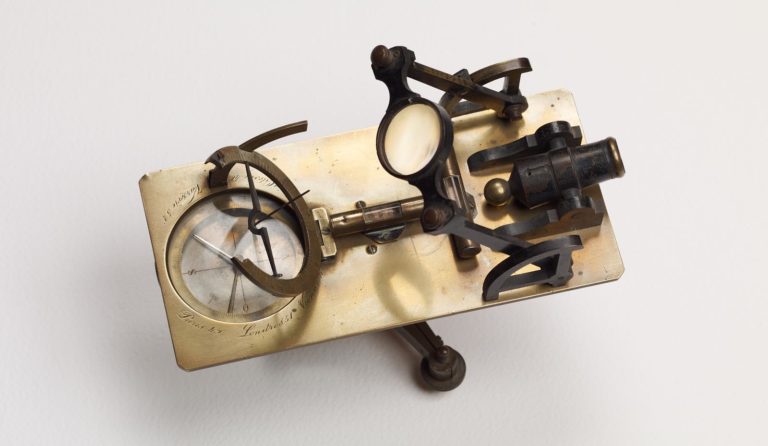 Read more
Read more
Flame or candle clock
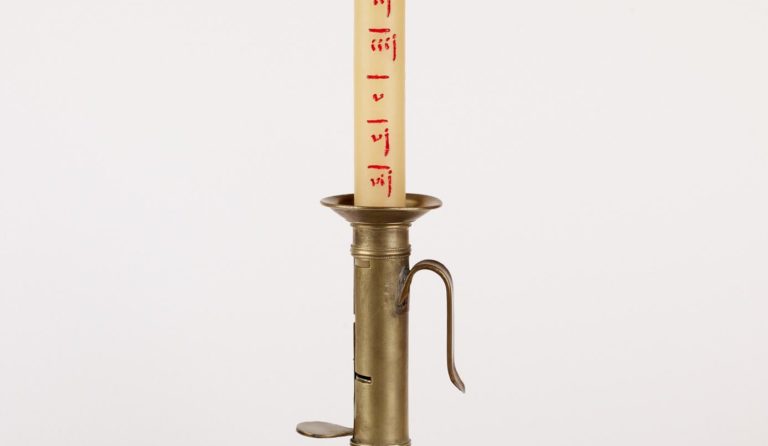 Read more
Read more
Incense clock
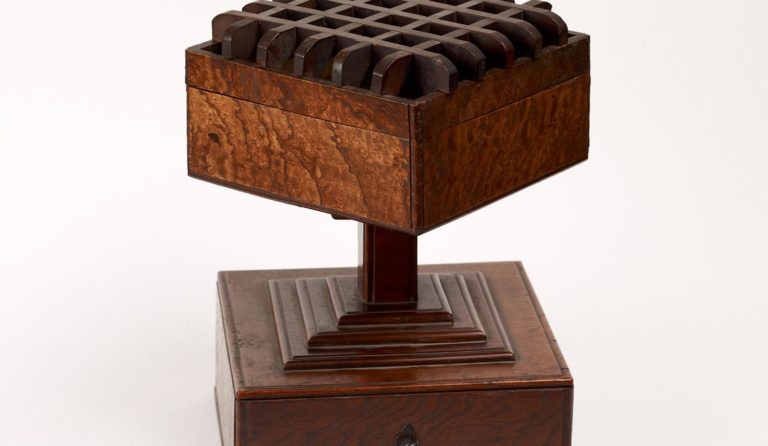
Introduced to Japan by Buddhist missionaries from China during the second half of the 18th century.
Read moreFire clock
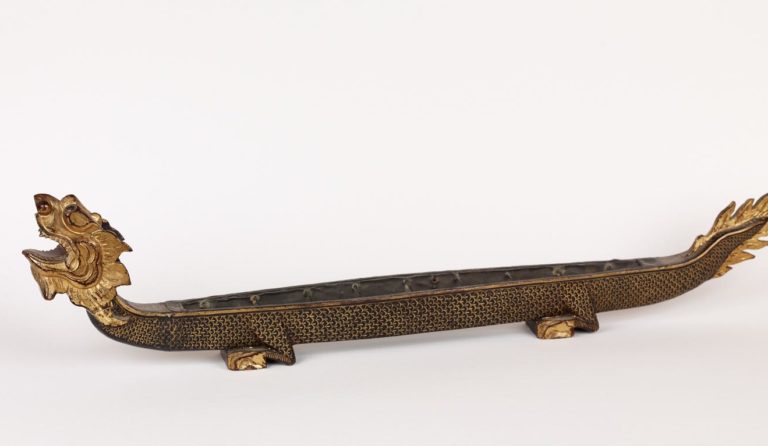
Incense Awakening Dragon. An incense stick burns for a certain time; on it hang pairs of bronze balls tied with a string that will burn when the time comes and will warn the user with the sound of their fall. In the shape of a boat and a dragon from China, painted wood and brass […]
Read moreFire clock
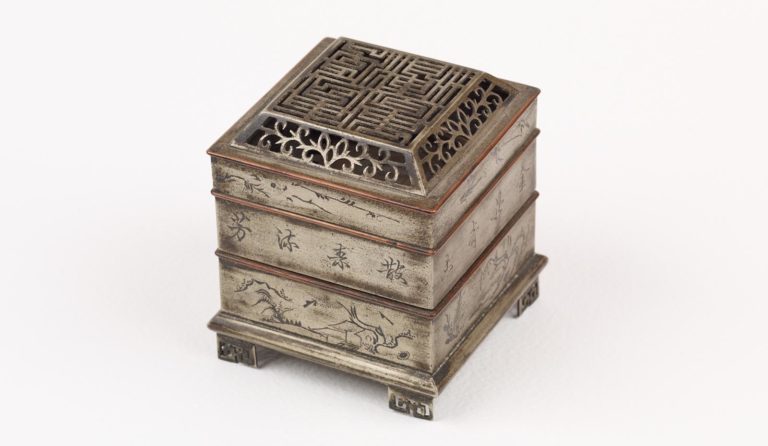
Aromatic labyrinths or metal incense seal. In the shape of a scepter, it consisted of a box with a channel full of incense that folded to form a kind of small labyrinth; in the canal, different aromatic substances were deposited that indicated the time of day by the aroma afterwards at the time of its […]
Read moreFire clock
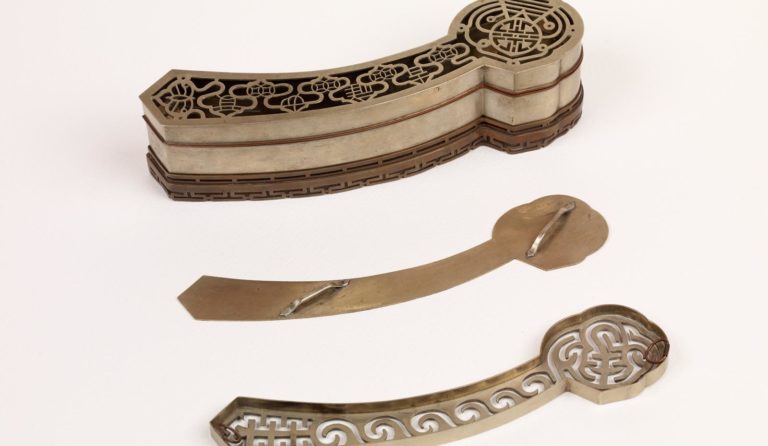 Read more
Read more
